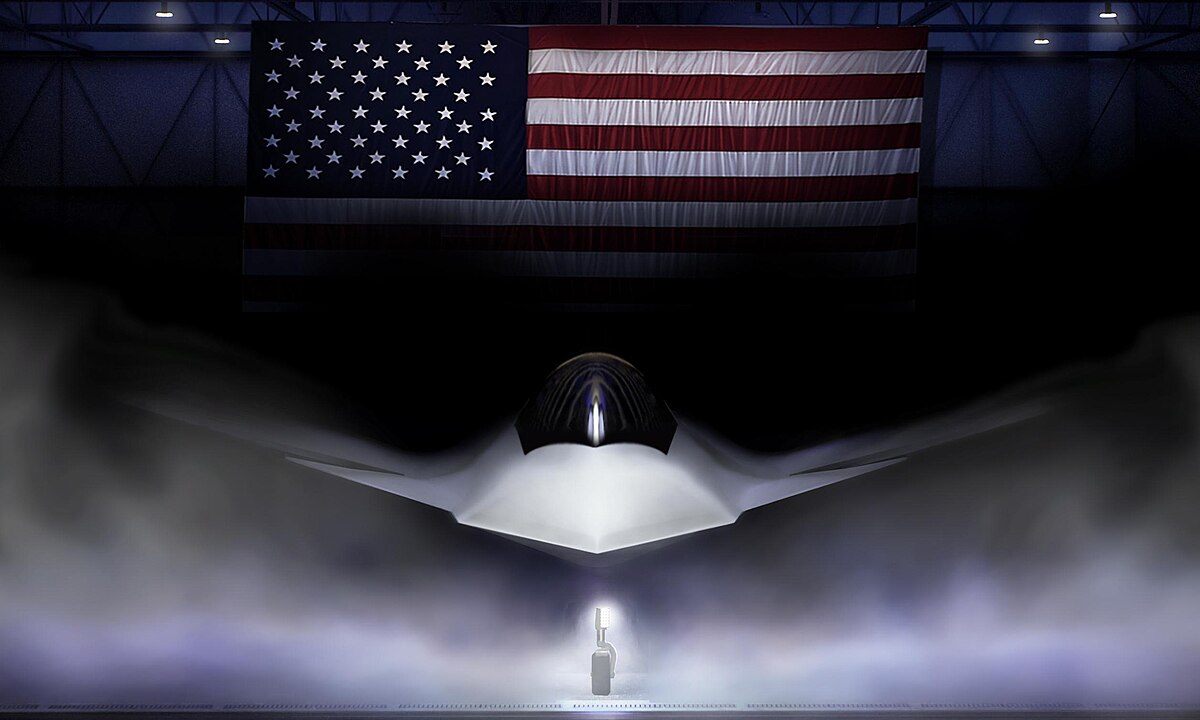I want to preface this article with an introduction to my inspiration. As you know, seniors at Priory are required to create a senior thesis as the most intensive single project of their high-school career. My project is a joint creative project with Dominic DiPasco to create a board game which essentially simulates the evolution of military technology over the course of several hundred years, including innovations in aviation, tanks, and warships. During my research I have encountered several interesting technologies that I wish to share, and on occasion I will write an article about our findings in The Record.
The Messerschmitt 262 was the world’s first jet-powered fighter, and it would be fielded by the Germans towards the end of World War II, starting in July 1944. Able to achieve speeds in excess of 550 miles per hour, far exceeding the fastest Allied propeller fighter. However, most of the ambitious 262’s features suffered concessions at the hands of allied bombing and material scarcities.
Allied bombing raids on German industry led to the Germans spreading out, or “dispersing,” their industry so that multiple factories could not be hit with one payload. This is oftentimes a move made out of desperation. The Soviets undertook similar operations just two years earlier (they would move a large portion of their factories past the Ural mountain range) as a result of the German invasion of Russia, codenamed “Operation Barbarossa.” The Soviets would eventually stabilize the German frontlines and even push back with incredible fervor once their factories started producing effectively again. Unlike the Russians, the Germans would not recover from the loss of most of their industry because they had nowhere to move their factories (see map)
The Me262 is often seen as proof of German ingenuity, and as evidence of Germany’s potential to have still won World War II. Once you dive into the details of the plane’s construction, you can see that this is far from true. A plane like the 262 ideally would have a fuselage made from aluminum to maximize its speed, but not only did most 262’s use steel due to shortages of aluminum, but much of the support structure was made of wood struts, and even the instrument panel was made from plywood to minimize use of metals.
American and British fighter pilots would describe their first experiences with the Me262 as “being passed by as if I were immobile on the ground,” emphasizing both the speed difference and the fear factor involved. Messerschmitt would produce nearly 1500 jets for the Reich, which would have been enough to have a significant impact on the battles to come; but the Luftwaffe would only ever send 300 of the planes into combat. In comparison, over 12,000 allied planes participated in D-Day alone. Overall, the Me262 was more effective as a propaganda tool for the Reich than it was as an effective combat device.










